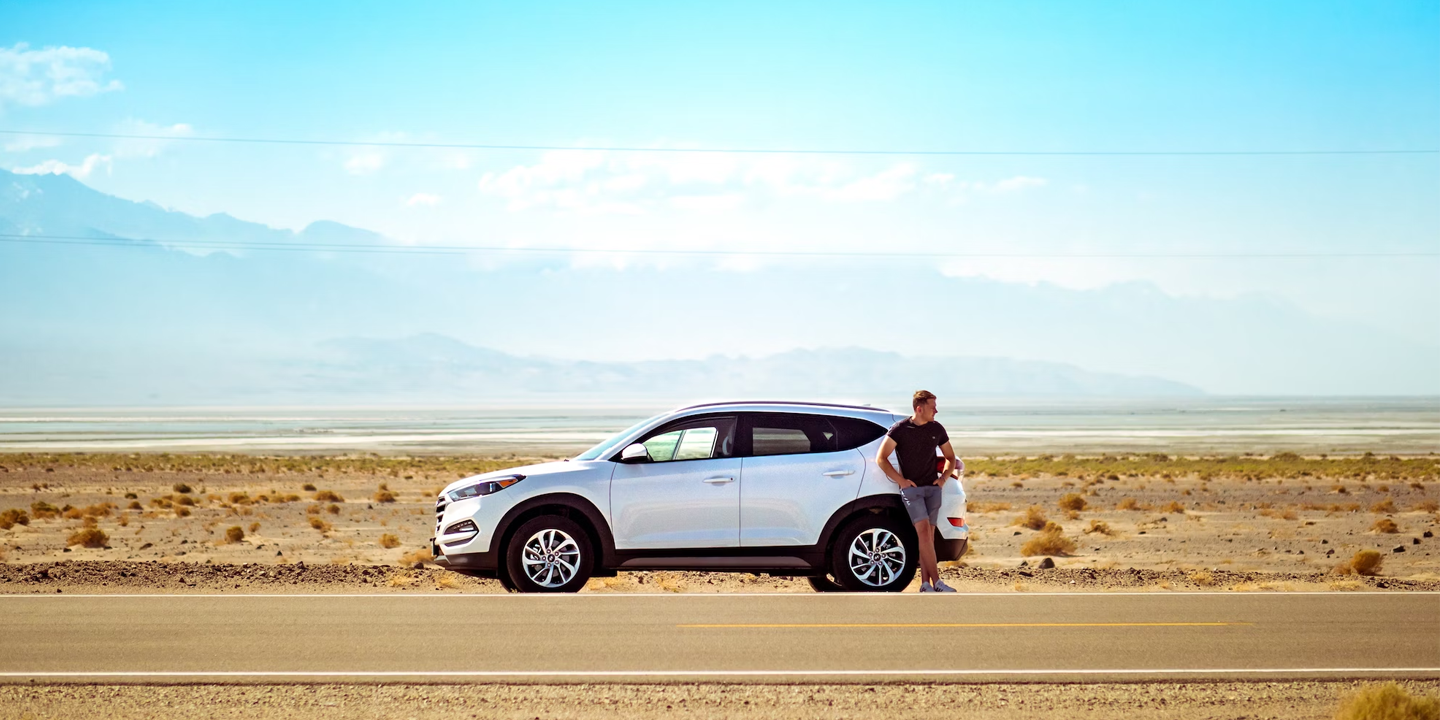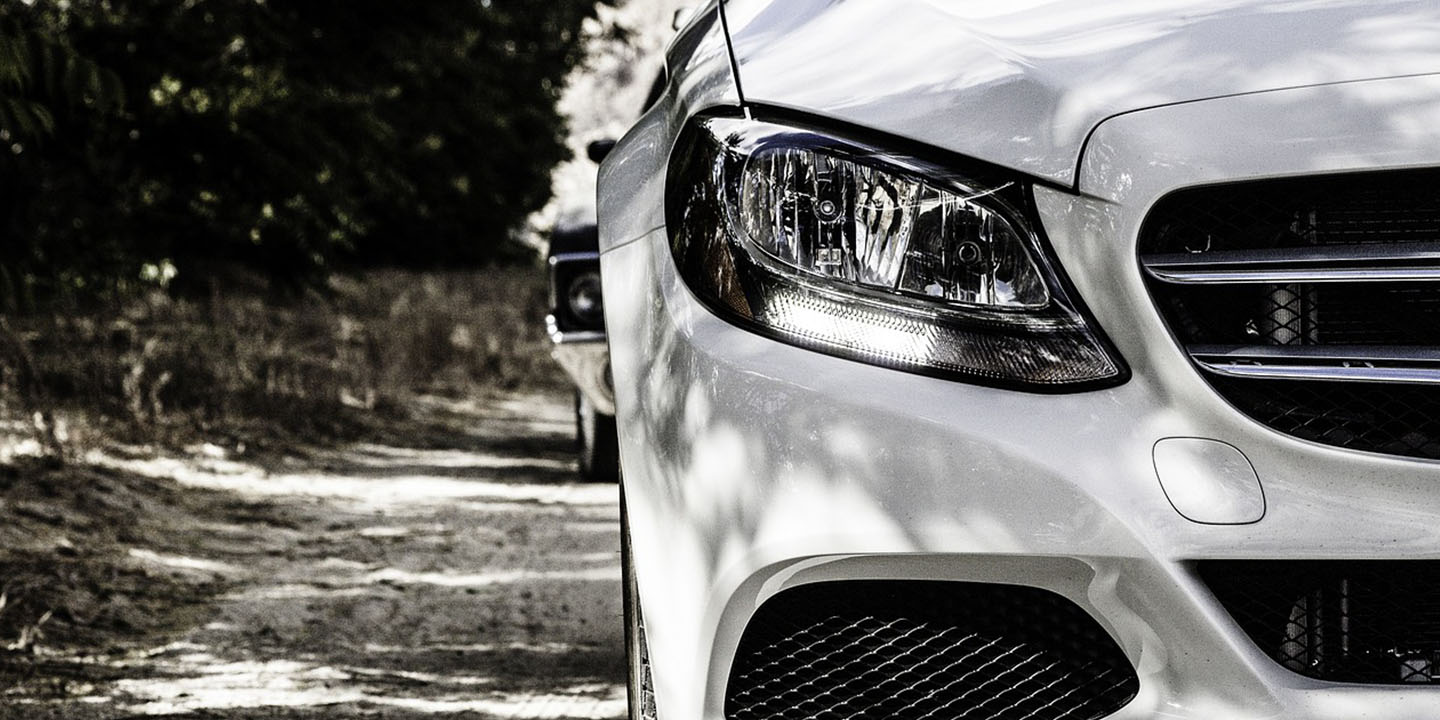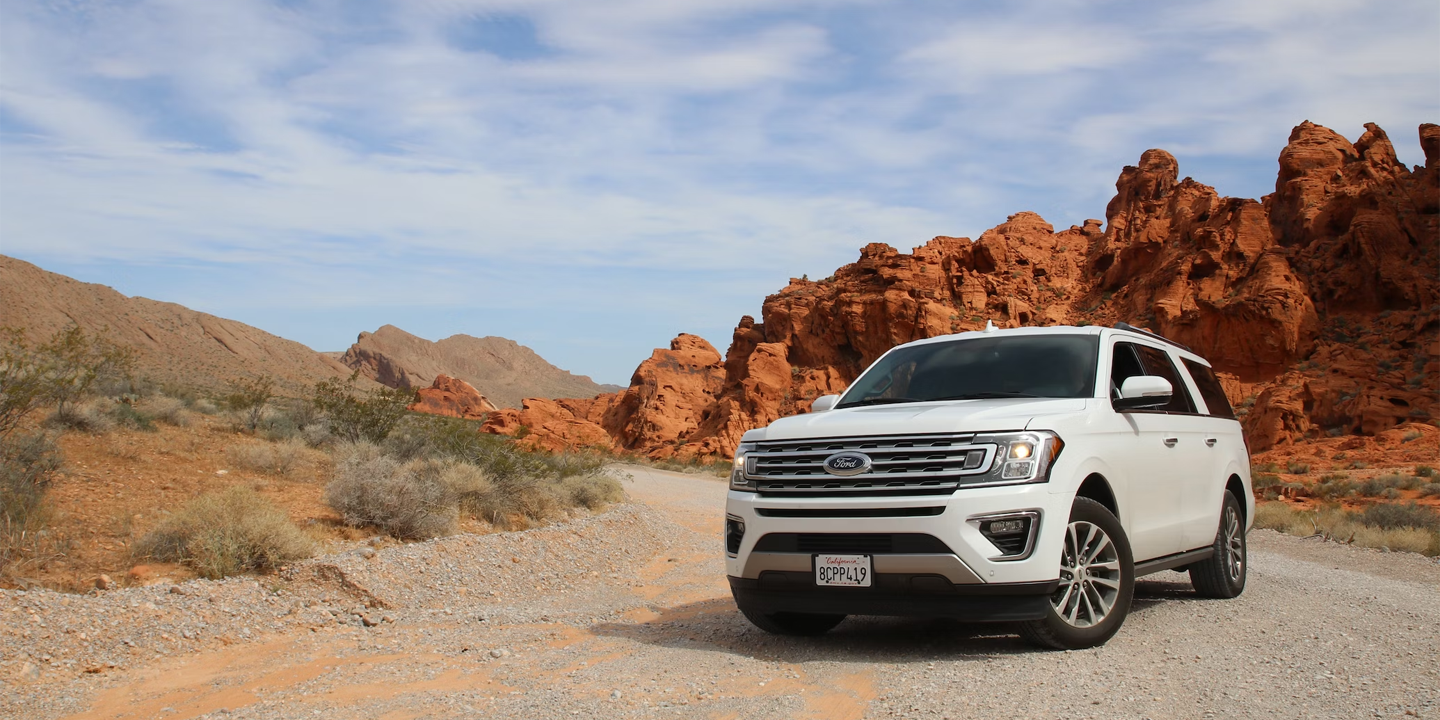Deconstructing Cruise Control
There’s something oddly satisfying about pressing a button and pretending your car just turned into a very polite robot. However, cruise control isn’t always the superhero it’s cracked up to be. Sure, it keeps you relaxed, but in the wrong moment, it’s like trying to use a hammock in a windstorm. So, let’s first take a look at ten reasons cruise control deserves a hard pass.
 Santeri Viinamäki on Wikimedia
Santeri Viinamäki on Wikimedia
1. Heavy Traffic Turns It Into A Liability
In stop-and-go traffic, you need constant control of your speed. You can’t rely on cruise control to keep up with the unpredictable nature of traffic jams. Instead of adapting to real-time changes, it forces you to intervene every time something shifts.
2. Rain Makes Cruise Control Risky
Rain changes the road’s character entirely. When water coats the pavement, even slightly, your tires lose some grip. Cruise control, however, doesn’t adjust for surface feel or traction, as it just holds the speed you set.
3. Curvy Roads Confuse The System
Not all roads are designed for set-and-forget driving. The moment you enter a twisting stretch through the countryside, you’ll realize cruise control doesn’t have the reflexes you do. It just keeps pushing the same pace unless you intervene.
4. Drowsy Driving Gets Worse With It
Cruise control can dull your focus in the worst possible way. When you take your foot off the gas and let the car do some of the work, you also let your brain drift. That’s risky on long drives when boredom starts creeping in.
5. Hills Make It A Struggle To Adapt
Anyone who’s driven through a hilly region knows how much effort it takes to maintain a smooth pace on descents. Cruise control wasn’t built with rolling terrain in mind. It tends to either lag behind on uphill stretches or overdo it downhill.
6. It Gives You A False Sense Of Safety
The biggest danger cruise control poses is psychological. It makes you feel like the car is handling more than it really is. You might start paying less attention because it "feels" like driving takes less effort. That illusion of safety is where accidents begin.
7. You React Slower To Emergencies
Every second matters when something unexpected crosses your path. With cruise control, there’s a delay between recognizing danger and responding. First, you have to disengage the control. Then you brake. It adds hesitation when you can’t afford it.
8. Manual Cars Don't Play Nice With It
Driving a stick shift gives you control over every gear, but it doesn’t blend well with cruise control. In short, cruise control is less flexible on vehicles with manual transmission because depressing the clutch pedal and shifting gears disengage the cruise control.
9. Tire Blowouts Get More Dangerous
When a tire blows, your first instinct should be to ease off the gas, not slam on the brakes. However, cruise control keeps powering forward until you manually intervene. That delay can cause your vehicle to pull harder if the wrong wheel fails.
10. Stop Signs Catch It Off Guard
Cruise control doesn’t understand road rules. It can’t read a stop sign, and it doesn’t know what a yield sign means. That’s why, in environments with frequent sign-based navigation, cruising becomes more of a burden than a benefit.
Now, here are ten moments where it actually steps up and makes your ride a whole lot smoother.
1. Easing Fatigue On Long Drives
Cruise control shines on open highways where speed limits stay steady for miles. Letting the system handle the throttle gives your right leg a well-earned break. This way, you stay more relaxed without sacrificing steering control.
2. Shines On Wide-Open Rural Roads
Some roads stretch endlessly without curves or traffic. In places like the Midwest, cruise control turns those long, lonely miles into a smoother, more efficient ride. It holds your pace steady while you focus on your surroundings.
3. Eases You Through Speed Shifts
Crossing three or four state lines in a day means dealing with subtle changes in speed limits and road design. Cruise control helps you stick to a consistent pace. And when set properly, it lets you adapt to long-distance driving without micromanaging.
 formulanone from Huntsville, United States on Wikimedia
formulanone from Huntsville, United States on Wikimedia
4. Adjusts To Keep A Safe Gap
With newer vehicles, adaptive cruise control adjusts your speed automatically if the car ahead slows down. It’s most helpful on roads with less to moderate traffic where you want to keep a safe distance but don’t want to constantly tap the brakes.
5. Improves Fuel Economy On Flat Roads
On straight roads, cruise control holds a steady pace that your foot can’t match precisely. That means less fluctuation and, ultimately, less fuel wasted. If you want to squeeze a little more distance out of every tank, cruise control can help maintain that balance.
6. Helps You With Your Injured Leg
Even without injury, people with arthritis or chronic knee issues know how tough drives can be. Cruise control gives your body a break by allowing you to rest the right leg. However, you still need to be fully engaged.
7. Helps You Stay Focused On Overnight Drives
Late-night driving has its own rhythm. The roads are quieter, but that doesn't make them easier. You need to stay even more alert. That is when cruise control helps lighten the physical load so that you can concentrate without having to hover over the gas pedal.
8. Smooth Sailing Through Toll Roads
Toll roads are made for ease. They're wide, often divided, and carry fewer surprises than back roads or interstates peppered with towns. When you're on a toll route for the long haul, cruise control frees you to focus on numerous cues.
9. Lets You Focus On Vehicle Performance
If you’ve just made adjustments under the hood, you would want to see how your vehicle performs under stable conditions. Cruise control gives you that baseline. It holds speed evenly, so you can assess whether recent work improved your ride.
10. Helps Prevent Lead Foot Syndrome
Some drivers rely on cruise control to avoid unintentionally speeding. While it doesn’t actively teach safe driving habits, cruise control can promote steadier speeds and reduce erratic acceleration. This steadiness can indirectly encourage smoother traffic flow.


























